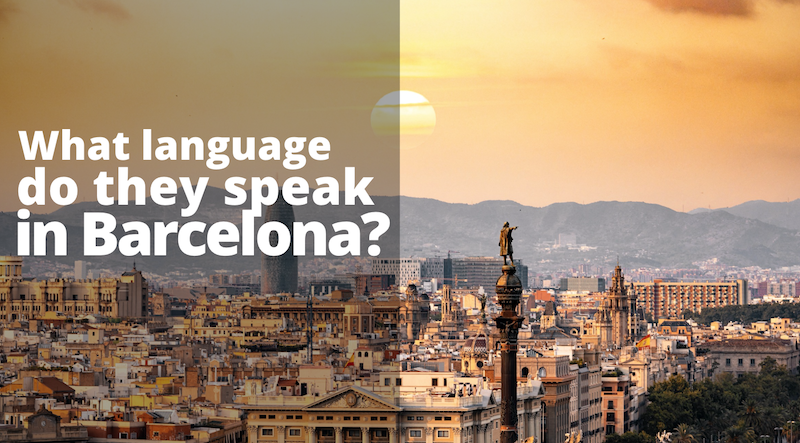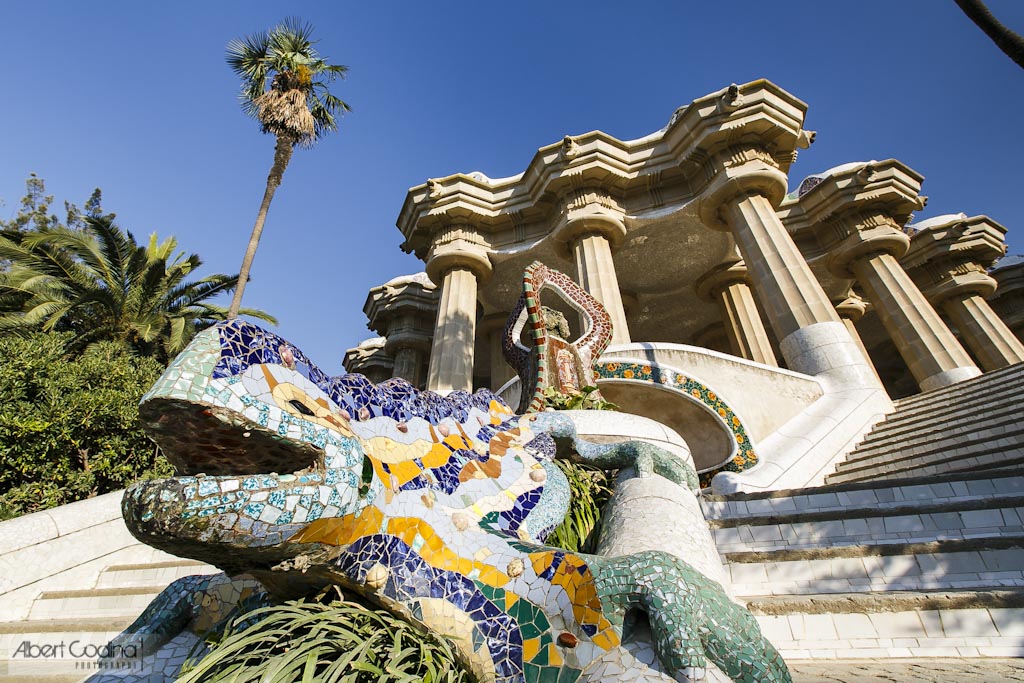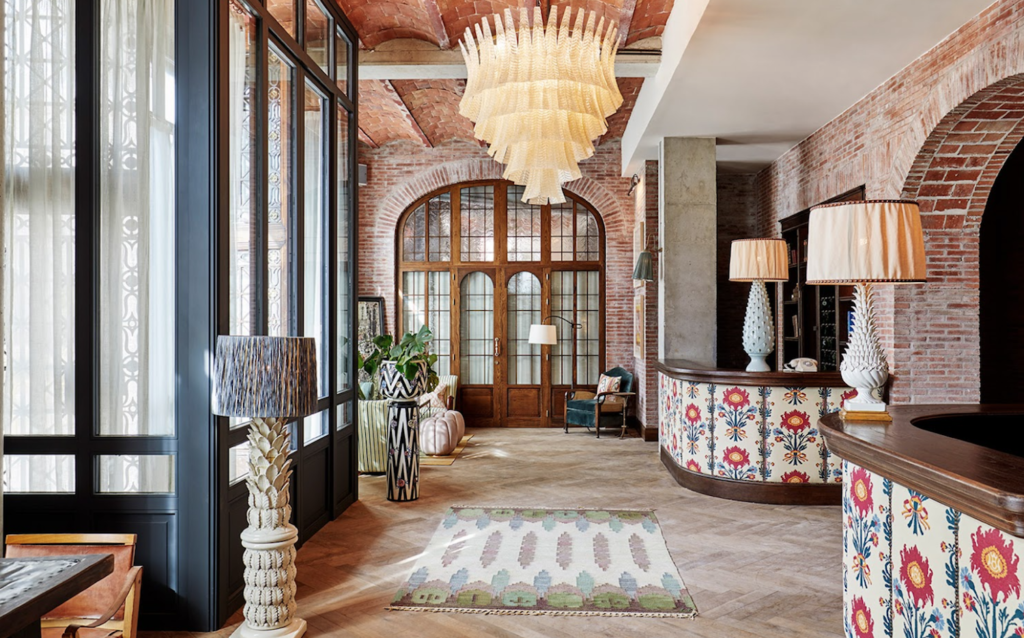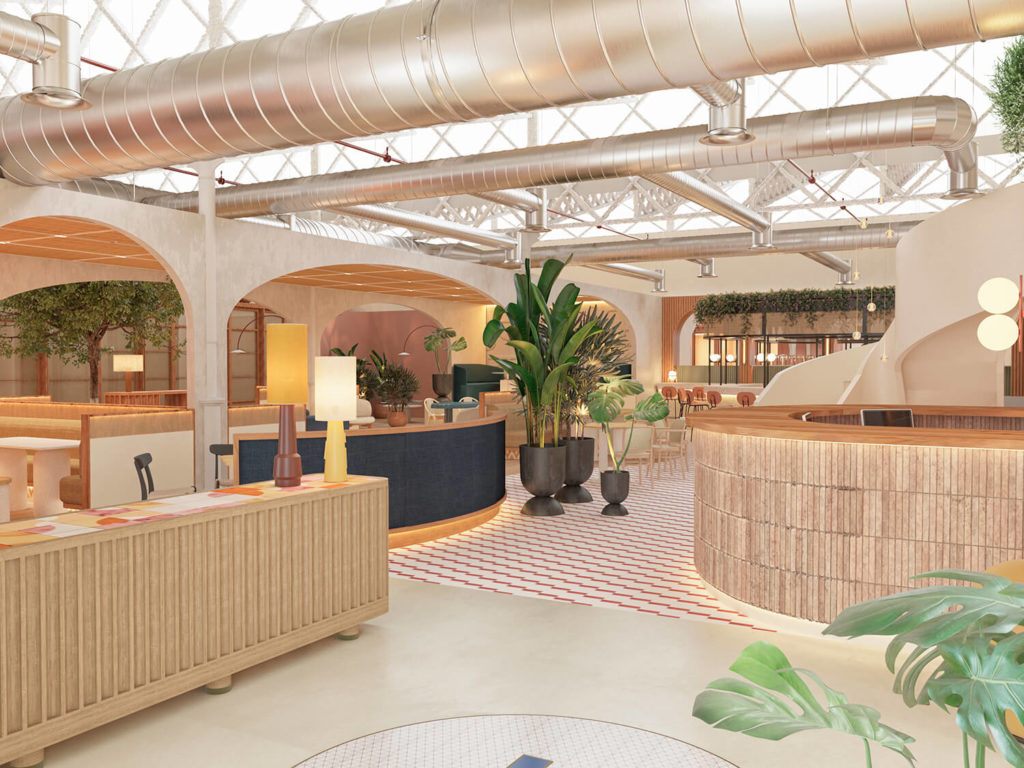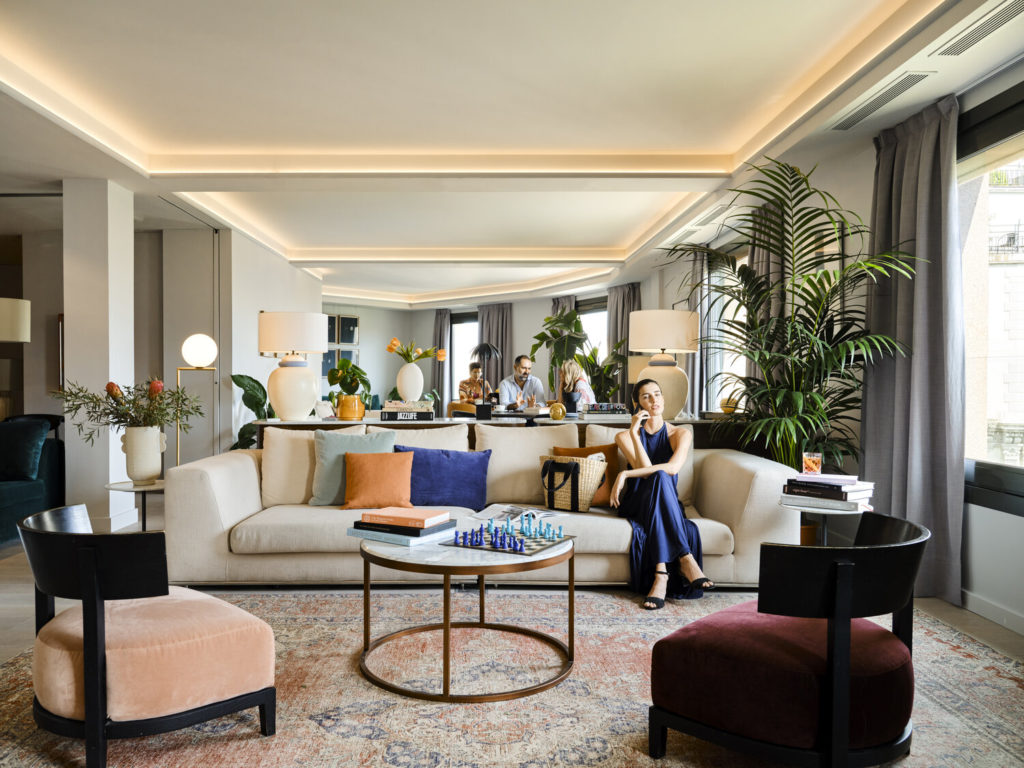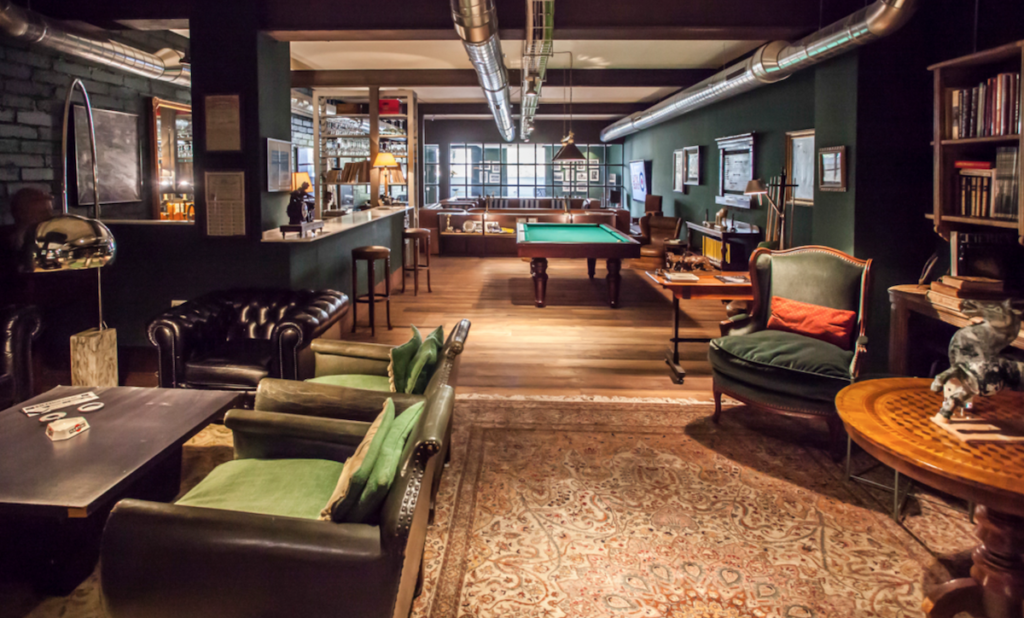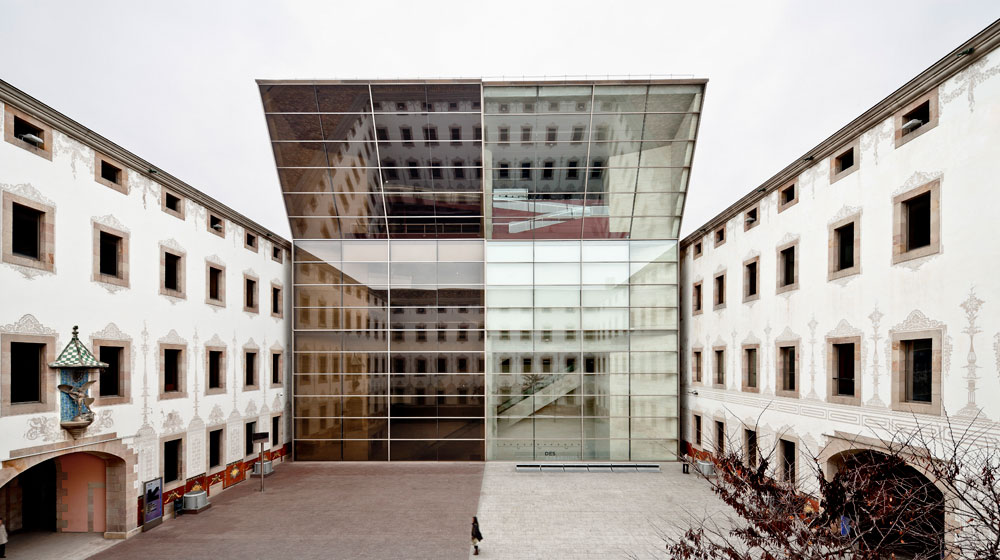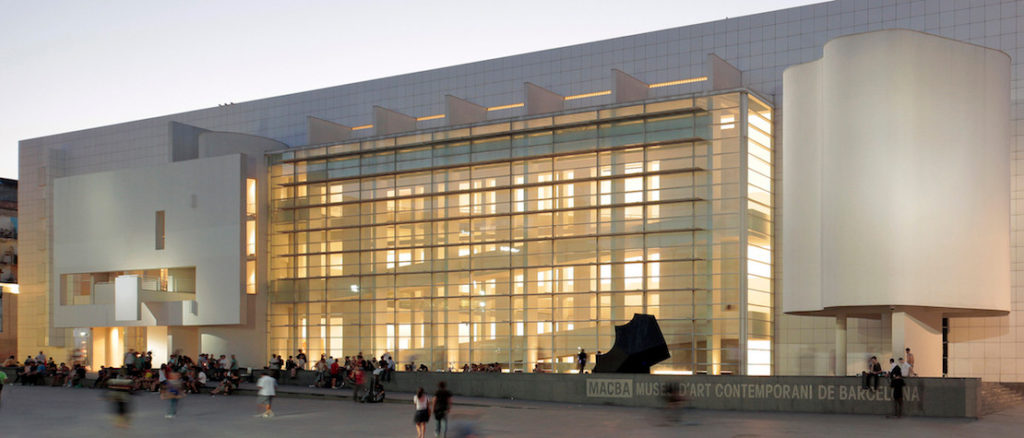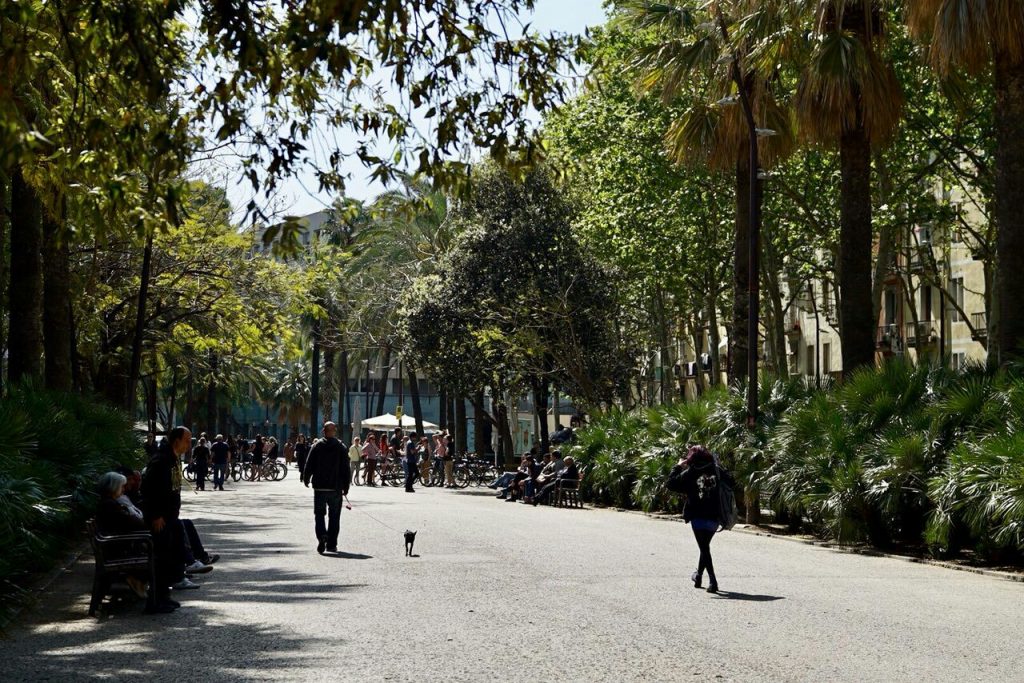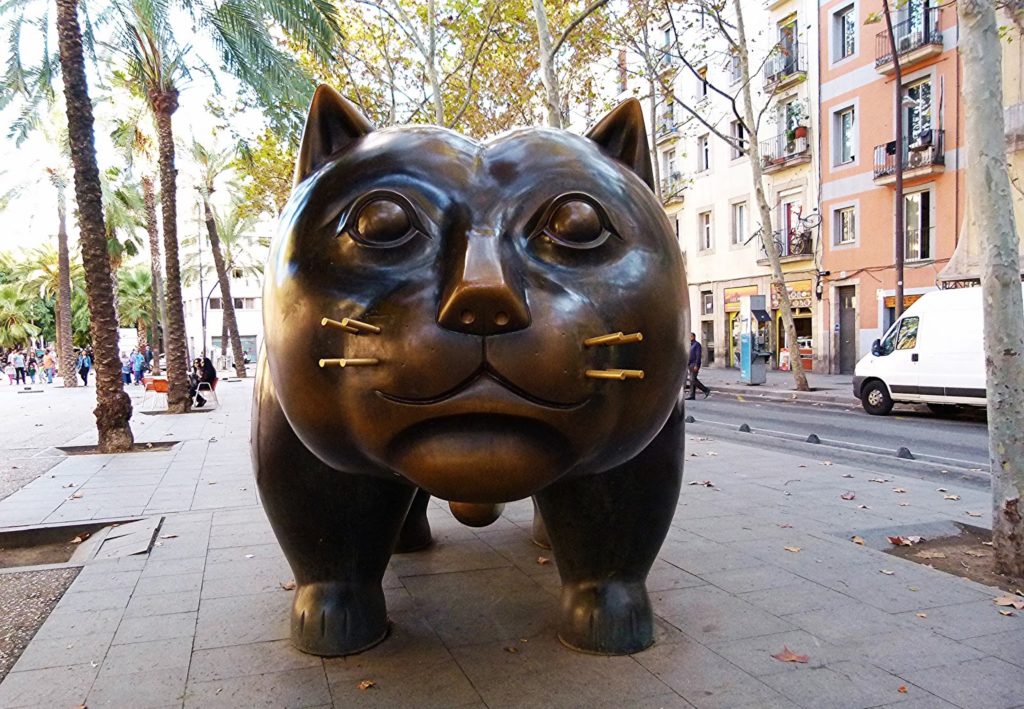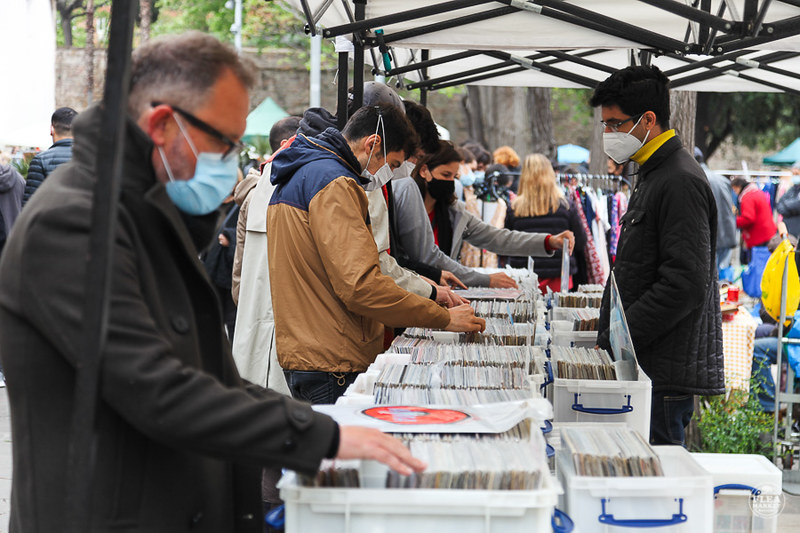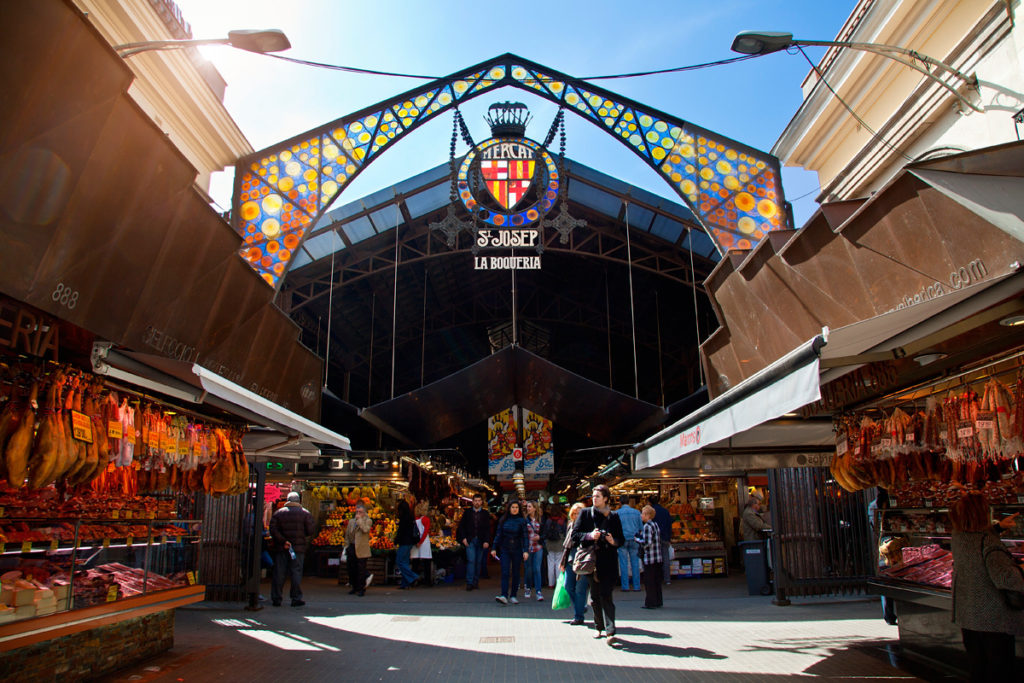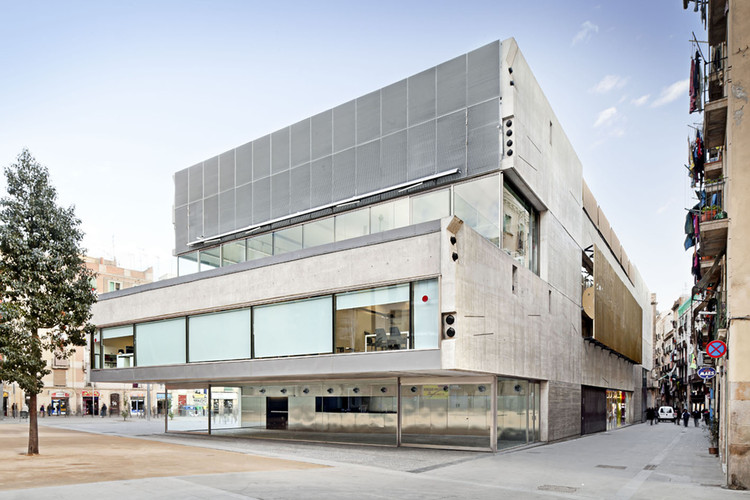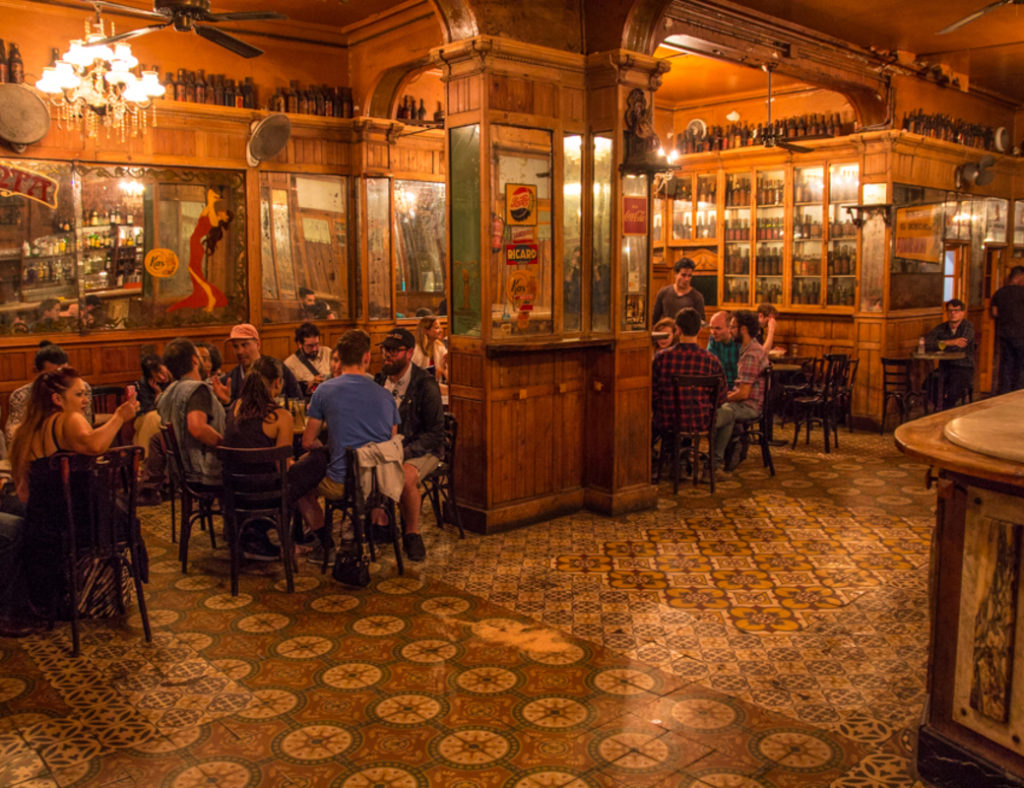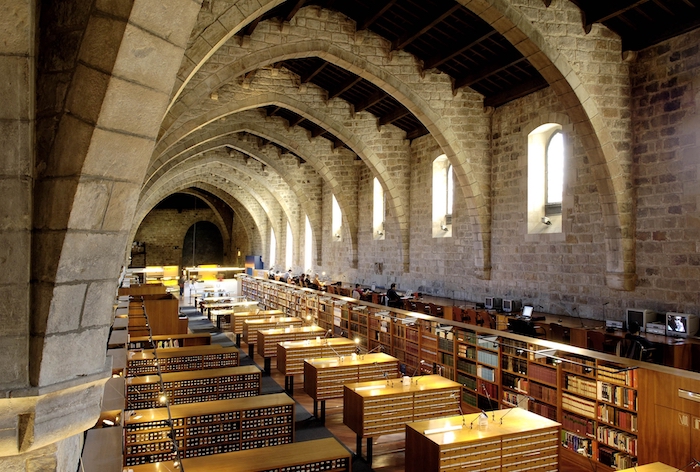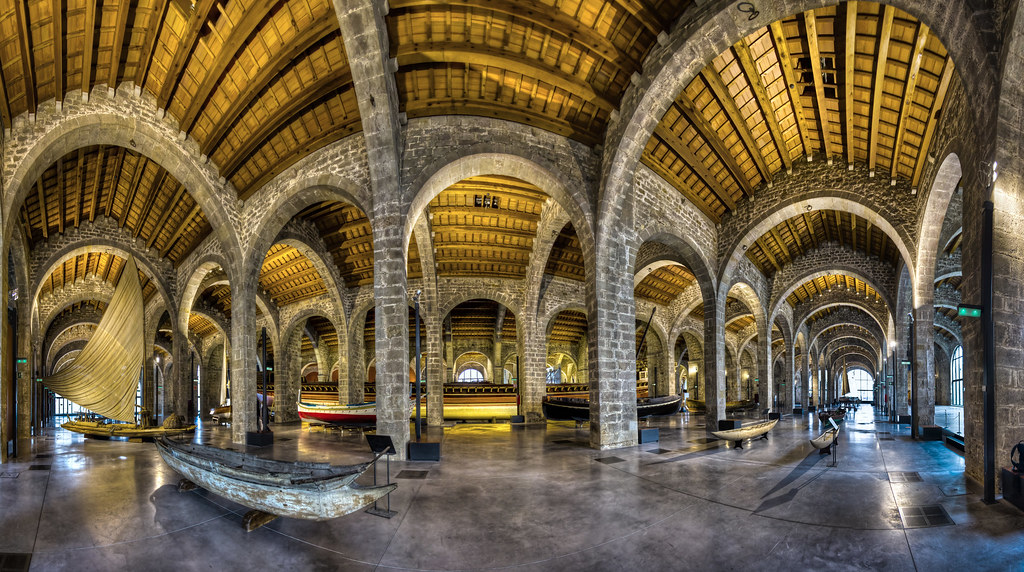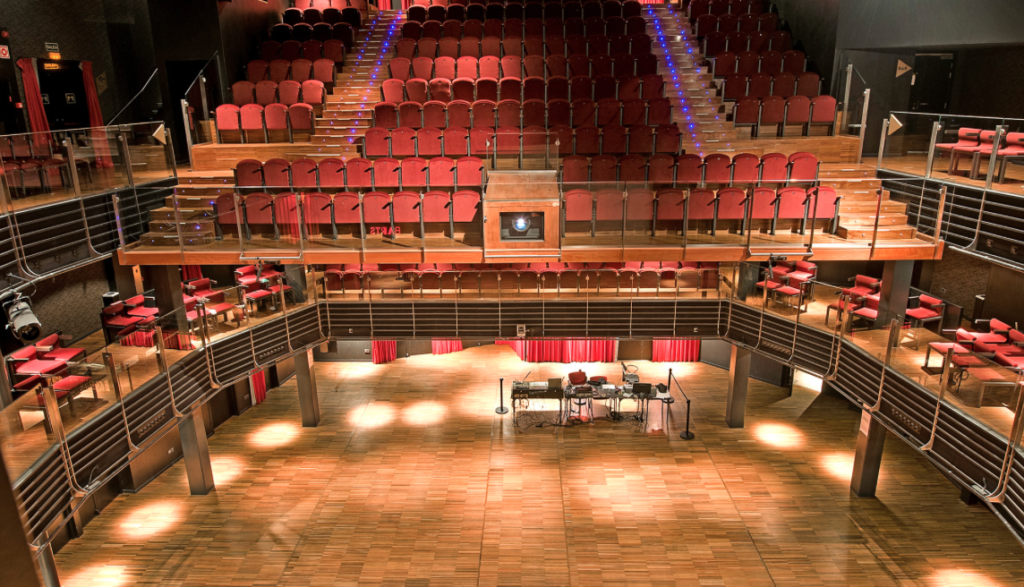The best Barcelona Travel Tips are right here, so look no further! Hand selected by locals, these tips tell you everything you need to know for your first trip to Barcelona.
Find the answers to all the questions you have about visiting this wonderful city for the first time, plus some great Barcelona Travel Tips to ensure your stay is safe, fun and truly authentic.
This list will help you prepare for a fantastic trip to a city everyone should visit once in a lifetime! What are you waiting for?
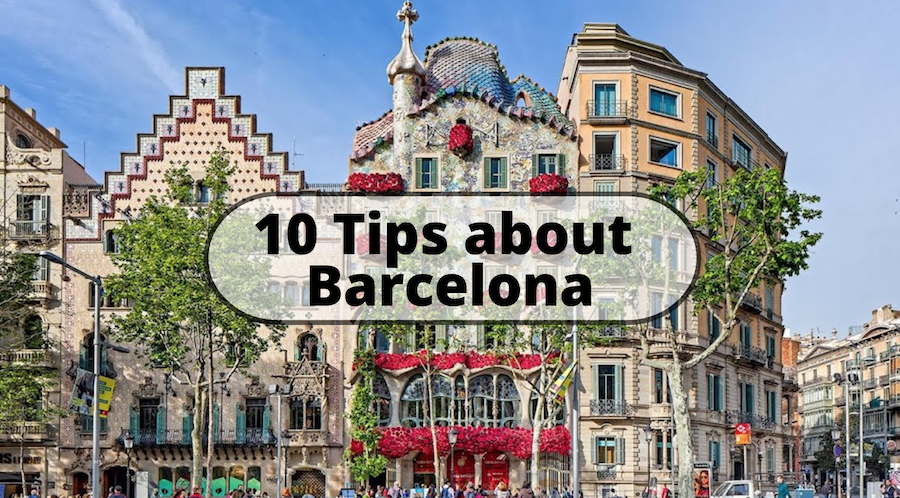
1. Learn simple Catalana phrases to rock it
The first of our Barcelona Travel Tips is about language. You may not know this, but Catalan is very widely spoken throughout the region of Catalonia and in Barcelona. Although in most places you can get by with English, and Spanish is also widely spoken, we recommend impressing locals with some basic words and phrases. A “Bon dia” or “merci” (not the French kind) will go a long way! It’s also worth remembering that street names are in Catalan (carrer means street).
Check out our article here for 8 simple Catalan phrases you can’t visit Barcelona without.
2. Avoid being pickpocketed with these tips
Next on our list of Barcelona Travel Tips is a piece of advice to keep you safe: the city in general is very safe and most tourists (and locals) don’t experience any problems. However, pickpocketing is rife, above all on public transport and in the city’s busiest areas (La Rambla, El Gòtic area, etc.), so we recommend you always watch your belongings and never leave your bag, phone etc. on tables or in visible spots when you are eating.
Discover our article on more tips to avoid being pickpocketed in Barcelona.
3. Shall I go to a restaurant i Les Rambles?
Yes, Les Rambles is one of Barcelona’s most famous spots and we do recommend you visit it. However, the restaurants and bars near Plaça Catalunya and towards the beach are, quite plainly, tourist traps. One of the most important Barcelona Travel Tips you’ll hear is avoid these spots at all costs.
Head away from the busiest treats to the areas of Born, Eixample, Gràcia or Poble Nou for tasty tapas, international cuisine, light bites and more. On our blog you’ll find our favourite Catalan restaurants, our top vegetarian eateries and Barcelona’s best Japanese restaurants for those looking for something different.
4. Stay close to the centre
The next of our Barcelona Travel Tips is to stay close to the centre on your first trip to the city to make sure you can reach the city’s most popular sights on foot. The old quarter (el Gòtic) will have you within walking distance of La Boqueria Market, Santa Maria Basilica and Les Rambles. Stay in Eixample and discover Gaudí’s masterpieces on foot.
Don’t miss our guide to our best apartments by Barcelona neighbourhood when planning your trip for the most central short- and long-term rentals in privileged locations.
5. Free museums on Sundays in Barcelona
Another of our top Barcelona Travel Tips for first-timers and veterans alike is to hit Barcelona’s free museums on Sundays. Yes, you heard right! Many of the city’s museums open their doors on Sundays (subject to reservation). Discover them here.
6. Lets discover beautiful parks in the city
Barcelona is a thriving city and if you want to escape the hustle and bustle head to one of its beautiful parks to disconnect. Why not take a picnic and make an afternoon of it?
Find our top parks in Barcelona here!
7. How to get around Barcelona?
Getting around Barcelona is easy thanks to its well-connected public transport network. This list wouldn’t be complete without some Barcelona Travel tips on how to get around the city. We recommend buying a T-Casual ticket for 10 trips on the metro or bus or the Hola BCN! card for unlimited travel across the city.
8. Barcelona is synonymous with Gaudí
Barcelona is synonymous with Gaudí and we truly recommend visiting his masterpiece that is the Sagrada Família. Barcelona Travel tips will help you beat the queues and ensure your spot by reserving your ticket online in advance, as they can fly especially during the peak months.
Learn more about this beautiful monument and the architect behind it here.
9. Shall I tip in Barcelona?
To tip or not to tip! That is the question. It can be a complicated business, but the penultimate of our Barcelona Travel Tips is about tipping. Although this form of courtesy isn’t common in Spain, there are some situations when you might like to leave a tip.
Check out our article on how much to tip in Barcelona here.
10. Enjoy an amazing day trip from Barcelona
Last on our list of Barcelona Travel Tips is to make the most of your time in this wonderful part of the world. If after exploring the city you have a day or afternoon to spare, we recommend taking the train or renting a car and discovering some of the hidden treasures Catalonia has to offer in addition to its bustling beach destinations.
You’ll find our favourite day trips from Barcelona here.
